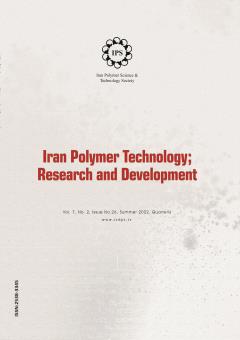-
-
List of Articles
-
Open Access Article
1 - A Review On Biodegradable Mealworms Mechanism
SeyedAmirHossein Mousavi Aghabagher reza jahan mardi -
Open Access Article
2 - Self-Assembly of Peptides and its Applications: A Review
Soheila Emamyari -
Open Access Article
3 - The studying on mechanism, properties and application of shape memory polymers
Hamidreza Haydari -
Open Access Article
4 - Semi-Experimental Methods for Determination of Flory-Huggins Interaction Parameter in Polymeric Mixtures: A Review
Zahra Khoubi-Arani -
Open Access Article
5 - Terminology to Support Manufacturing Process Characterization and Assessment for Sustainable Production
HamidReza Sabbaghi Ali Abbasian -
Open Access Article
6 - Terminology to Support Manufacturing Process Characterization and Assessment for Sustainable Production
HamidReza Sabbaghi Ali Abbasian
-
The rights to this website are owned by the Raimag Press Management System.
Copyright © 2017-2025







